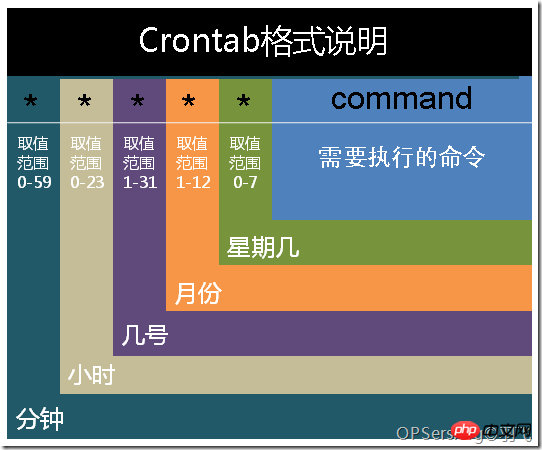linux下使用gcc進行嵌入式arm匯編優化的常見配置方法
引言:
嵌入式系統中,對于ARM架構的處理器,往往需要進行高效的優化,以滿足實時性能和資源限制。而匯編語言是一種可以直接控制硬件的語言,對于一些關鍵算法,使用匯編可以大幅提升性能。本文將介紹在Linux環境下,使用GCC進行嵌入式ARM匯編優化的常見配置方法,并給出相關的代碼示例。
一、編寫ARM匯編代碼
GCC編譯器支持嵌入匯編,我們可以在C代碼中嵌入ARM匯編代碼,用于優化關鍵函數的性能。首先,我們需要編寫ARM匯編代碼。
以下是一個例子,展示如何使用ARM匯編來實現快速乘法:
.global fast_multiply fast_multiply: LDR r0, [r0] @ load the first operand into r0 LDR r1, [r1] @ load the second operand into r1 MUL r0, r0, r1 @ multiply the two operands BX lr @ return the result
以上代碼將兩個數相乘,并將結果返回。
二、C代碼中嵌入ARM匯編
GCC編譯器提供了內聯匯編的特性,可以在C代碼中直接嵌入ARM匯編。下面的示例展示了如何在C代碼中嵌入上述的快速乘法函數:
int main() { int a = 10; int b = 20; int result; asm volatile ( "ldr r0, [%1] " // load the first operand into r0 "ldr r1, [%2] " // load the second operand into r1 "bl fast_multiply "// call the fast_multiply function "mov %0, r0" // save the result to "result" : :"r" (result), "r" (&a), "r" (&b) :"r0", "r1" // clobbered registers ); printf("Result: %d ", result); return 0; }
以上代碼將兩個數相乘,并將結果保存在變量result中。
三、編譯配置
在Linux下使用GCC進行ARM匯編優化,需要進行相應的編譯配置。以下是一些常見的配置方法:
- 選擇ARM架構:首先,我們需要指定GCC編譯器使用ARM架構。可以使用-march選項來指定ARM的處理器架構,例如:
$ gcc -march=armv7-a -c main.c
- 啟用優化:GCC編譯器提供了豐富的優化選項,可以在編譯時啟用對ARM匯編的優化。使用-O選項可以開啟一定程度上的優化,例如:
$ gcc -O2 -march=armv7-a -c main.c
- 關閉浮點運算:對于一些嵌入式系統,可能沒有浮點運算單元,因此需要指定編譯器不要使用浮點運算,可以使用-mfpu和-mfloat-abi選項,例如:
$ gcc -march=armv7-a -mfpu=none -mfloat-abi=softfp -c main.c
四、匯編優化示例
以下是一個示例代碼,展示了如何在C代碼中嵌入ARM匯編,并進行優化:
#includeint main() { int a = 10; int b = 20; int result; asm volatile ( "ldr r0, [%1] " // load the first operand into r0 "ldr r1, [%2] " // load the second operand into r1 "bl fast_multiply "// call the fast_multiply function "mov %0, r0" // save the result to "result" : :"r" (result), "r" (&a), "r" (&b) :"r0", "r1" // clobbered registers ); printf("Result: %d ", result); return 0; } .global fast_multiply fast_multiply: LDR r0, [r0] // load the first operand into r0 LDR r1, [r1] // load the second operand into r1 MUL r0, r0, r1 // multiply the two operands BX lr // return the result
以上代碼將兩個數相乘,并將結果返回。
結論:
本文介紹了在Linux環境下使用GCC進行嵌入式ARM匯編優化的常見配置方法,并給出了相關的代碼示例。通過使用GCC編譯器的內聯匯編特性,我們可以在C代碼中嵌入ARM匯編,以實現針對ARM架構的高效優化。這些優化可以大幅提升嵌入式系統的性能和效率。
參考文獻:
- GNU Compiler Collection (GCC) – Using the GNU Compiler Collection (GCC), https://gcc.gnu.org/onlinedocs/
- ARM Limited – ARM Architecture Reference Manual, https://developer.arm.com/documentation/ddi0487/latest/
? 版權聲明
文章版權歸作者所有,未經允許請勿轉載。
THE END


















